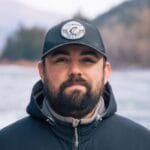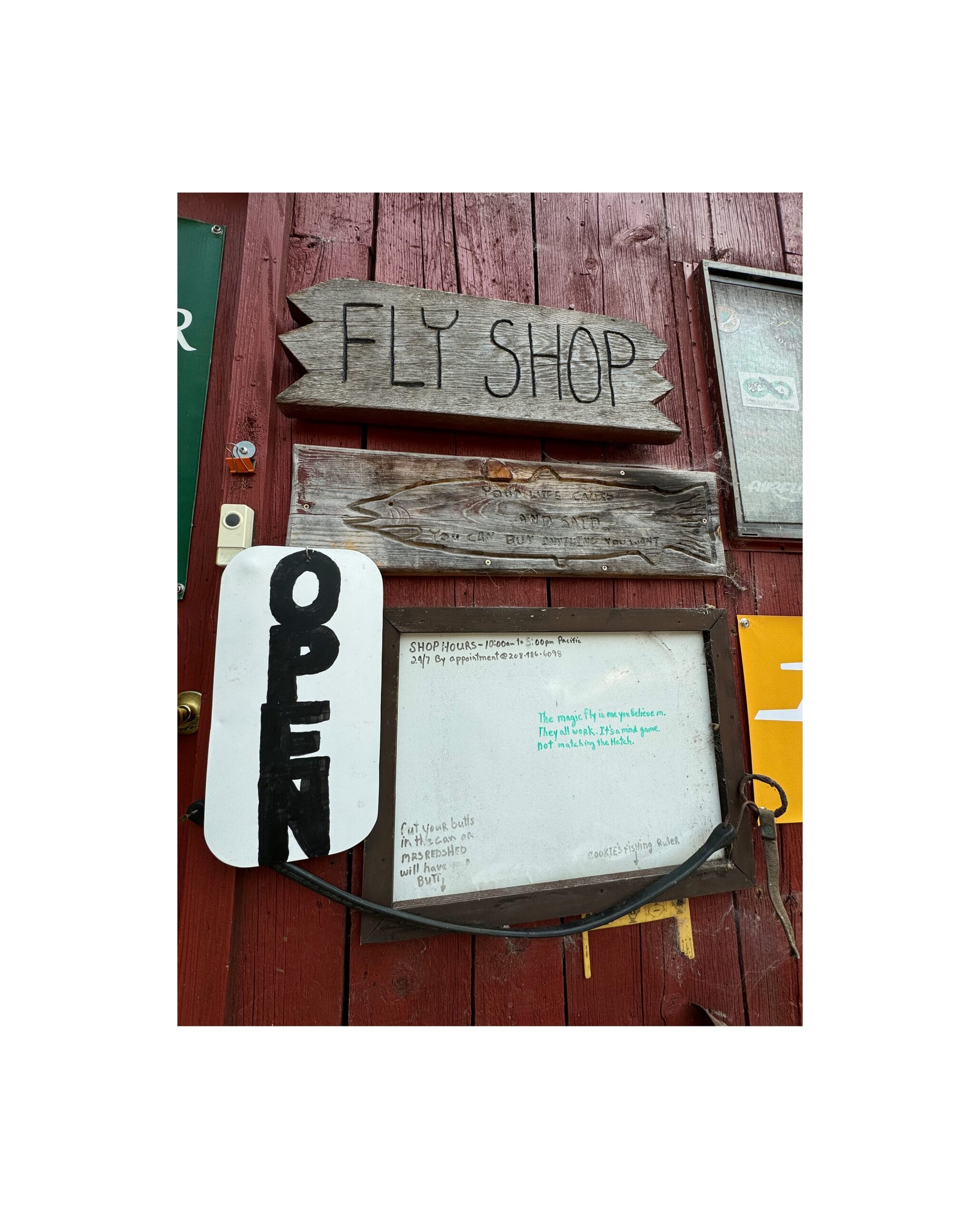Anglers talk a great deal about the incalculable importance of fly shops. While they’re great places to drop a few bucks on a new spool of tippet, a tube of floatant and a couple hot patterns, we’re talking about more than their value as retailers.
A good fly shop is far more than that.
The best shops are places where we gather, talk and share. They’re portals for the beginner to discover a new world out on the water. In many ways, a good fly shop is the keeper of the cultural history of a river, its fish and all the anglers who come to love both.
To many steelheaders around the world, the Red Shed is all of that and so much more.
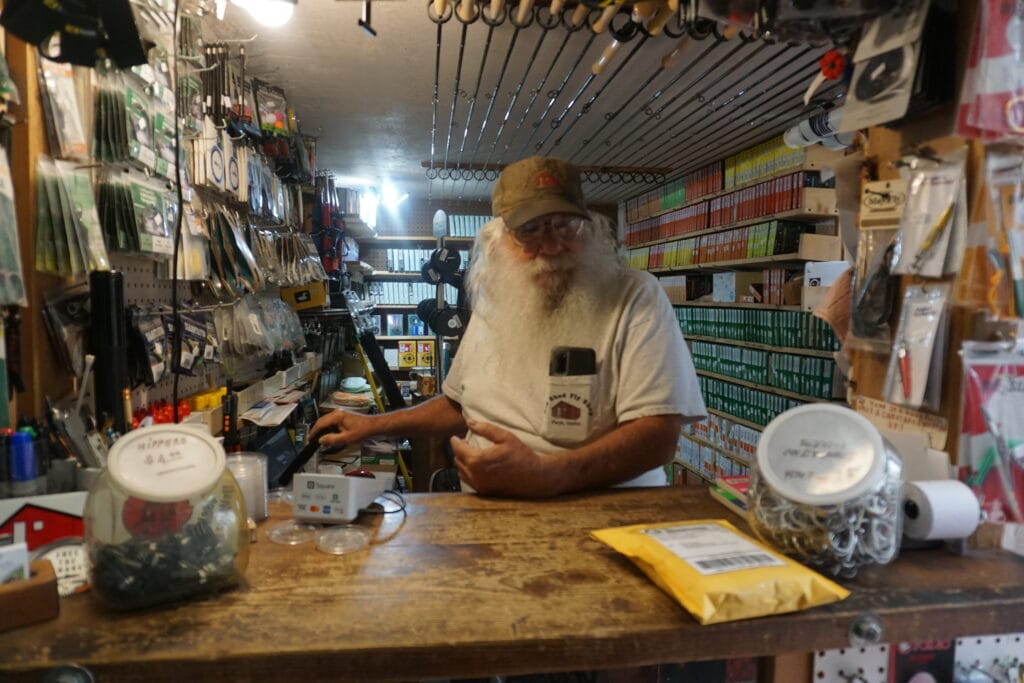
The shop sits just a stone’s throw from the banks of Idaho’s Clearwater River. This legendary river originates high in the wilderness of the Bitterroot Mountains along the Idaho-Montana border. Many of its tributaries, such as the Lochsa and Selway, are famous in their own right for spectacular whitewater and plentiful Westslope cutthroat trout. But most anglers visiting the Clearwater are in search of its famous “B-Run” steelhead.
These fish spend two or more years in the Pacific Ocean before embarking on the 500+ mile journey up the Columbia and Snake rivers to reach their natal streams. B-Run steelhead get big because they simply must. Their journey from the ocean to the top of the Rockies is not an easy one, particularly when that trip requires passage over eight dams. The massive size of these unique fish –– along with their willingness to move for a swung or skated fly –– brings anglers from across the globe to the Clearwater year after year, hoping for a momentary handshake with one of these magnificent fish.
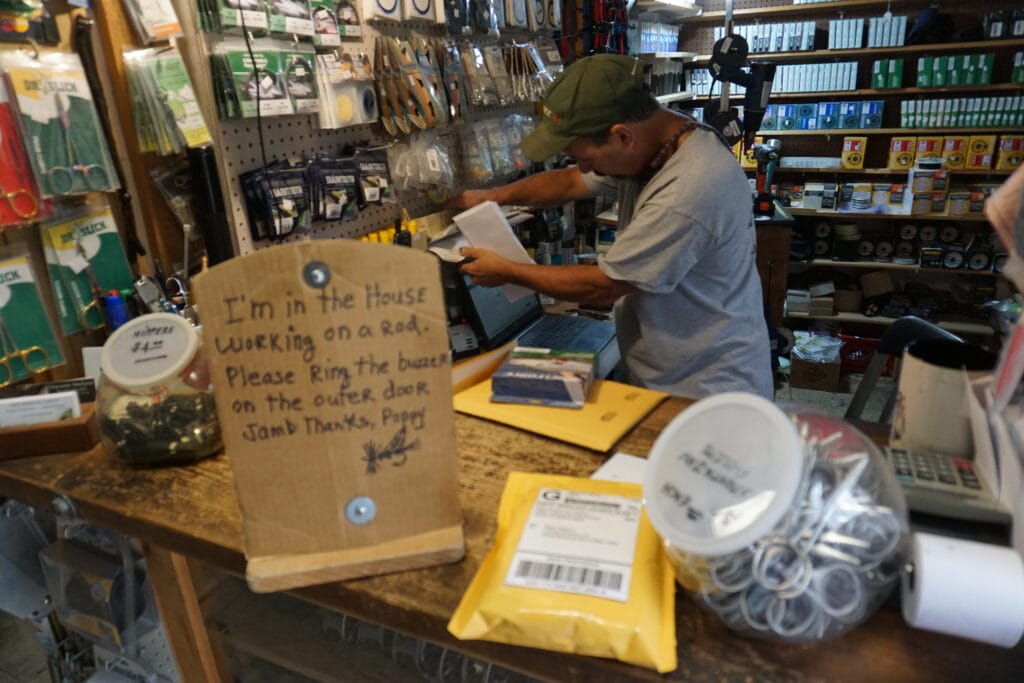
For those swinging flies with Spey rods, no journey to the Clearwater is complete without a visit to the one and only Red Shed and its inimitable owner, Poppy Cummins.
“Poppy is the oracle of steelhead. The Red Shed is Delphi.” says one longtime Clearwater steelheader. “Every angler who loves steelhead, angling history, Spey casting, fly tying…basically anything and everything steelheading must make a pilgrimage to that unassuming shop and the short old man with a long beard, cut-off grey sweatpants and dirty t-shirt.”
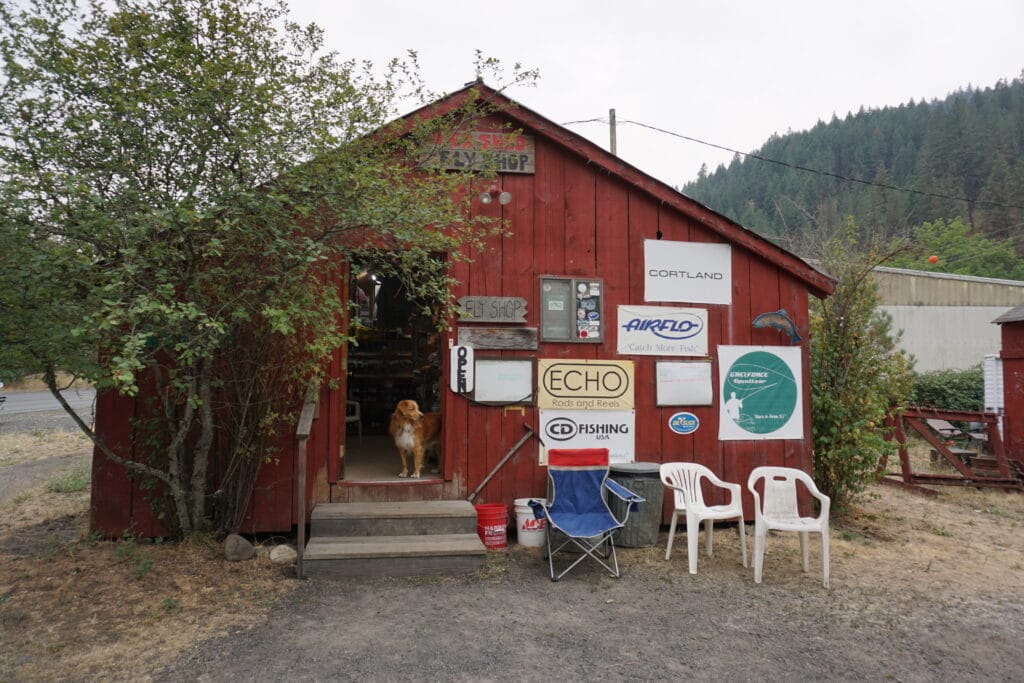
In a world of chain retailers and e-commerce, the Red Shed stands alone. The website looks like a class project from the late nineties, and the name is as fitting as it gets. The shed itself was originally a horse barn. The rows of rare and colorful fly-tying materials were once a horse stall. The space behind the counter full of Spey lines and sink tips; a tackroom. The dusty plywood floor often has a dog or two lying on it.
There is a hand-carved sign outside the front door informing visitors that their wife called and said they had permission to ‘buy anything you want’, along with a whiteboard sporting the adage ‘the right fly is the one you believe in’. Every inch of the interior of the shop is adorned with little pieces of history –– old photos of fish from the now-impounded North Fork of the Clearwater, retired flies, hand-drawn notes from past visitors. It’s one of those ‘if these walls could talk’ sorts of places.
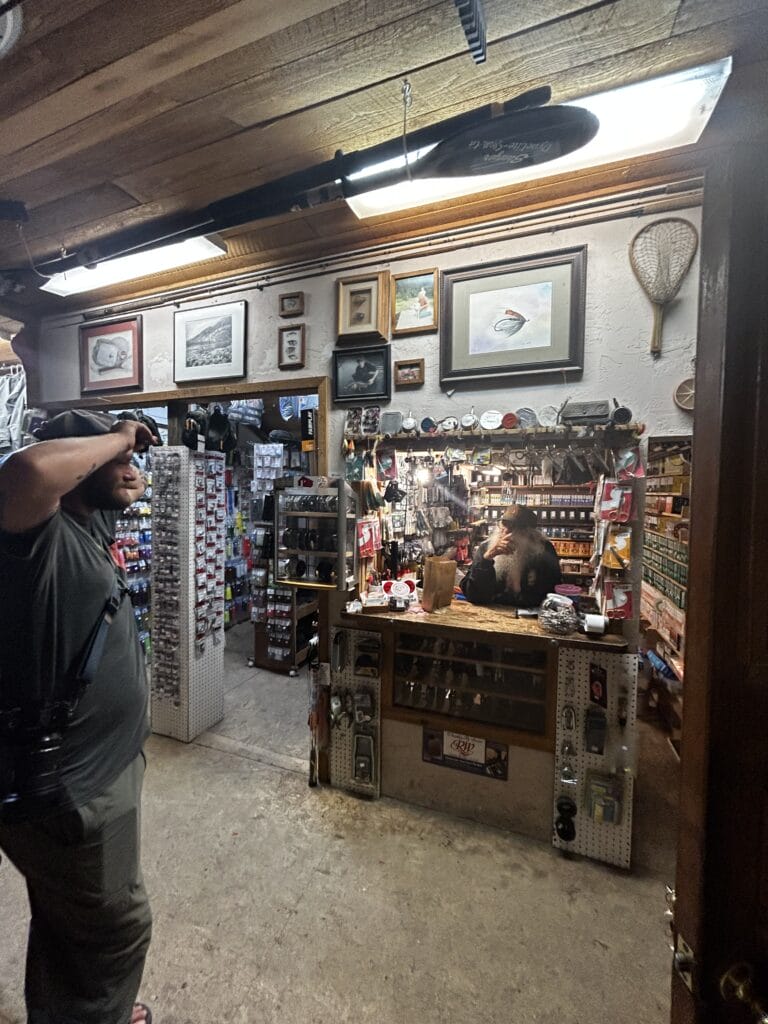
Fortunately, the walls don’t have to say a word. Poppy’s got the talking covered. When the former long-haul trucker was told by his wife Linda (aka Mrs. Red Shed) that he “had to get off the road” in 2002, the Red Shed Fly Shop was born.
For more than twenty years, Poppy has been providing anglers with the guidance and wisdom they need to catch the Clearwater’s anadromous unicorns, all with a healthy dose of his signature humility. “I’m supposed to be some sort of great steelheader, but I’m not. But I know how the tackle goes together pretty good by now.” he says with a soft smile that implies a wink.
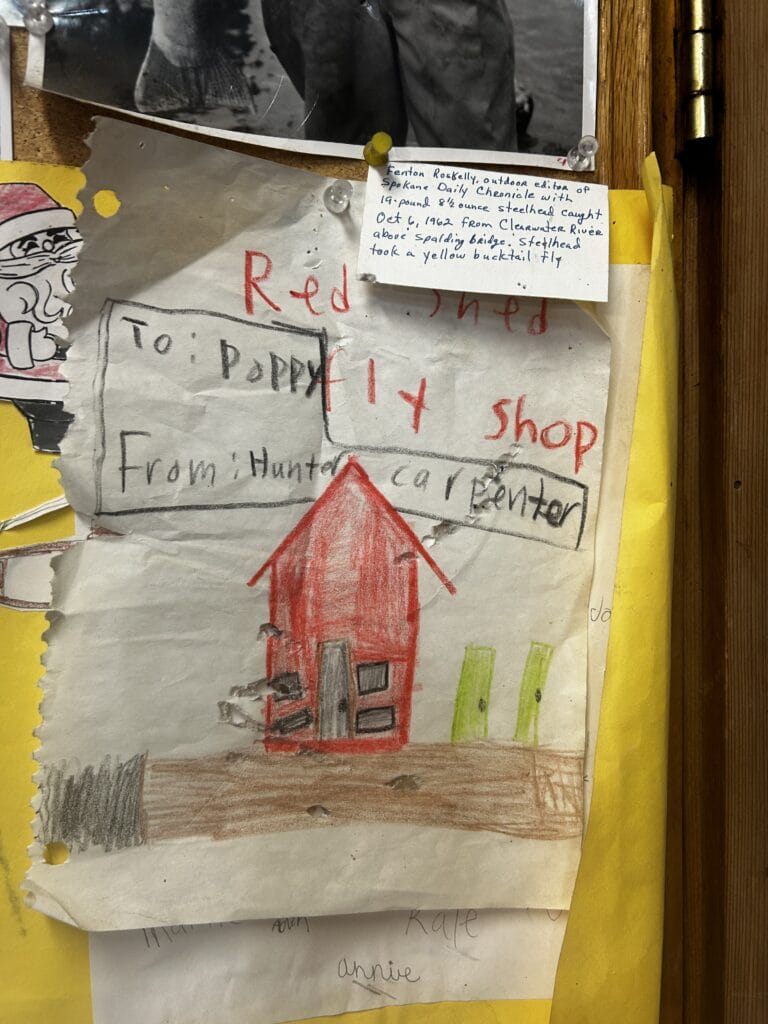
While everyone seeks Poppy’s advice on how to encounter one of the Clearwater’s elusive steelhead, the guidance provided is often as vague as it is sage.
“Fish a green-butt skunk in the morning!”
“All you need’s a purple peril!”
“There ain’t no steelhead in the Red Shed, they’re all in the river. Go fishing!”
It’s funny that such sparse quips of guidance can be understood by seasoned steelheaders as the wisest advice available, but that’s the nature of swinging flies for a fish that doesn’t eat. In some ways the guidance provided by Poppy –– just like the Red Shed itself –– is something as accessible as it is esoteric.
The Clearwater has changed a lot since Poppy first laid eyes on it through his truck window in 1964.The impacts of the four dams on the Lower Snake River have reduced salmon and steelhead runs to a fraction of their historic numbers.
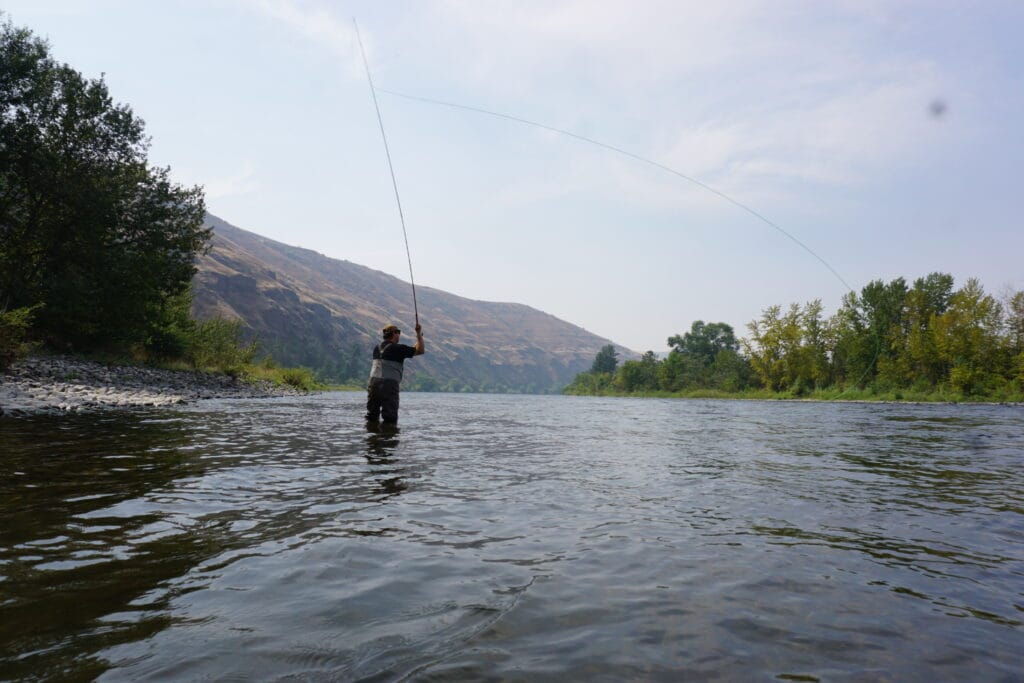
“Man’s been bad for this fishery” Poppy succinctly summarizes. When asked about the Snake Dams, he references the amount of tax dollars spent to try and mitigate their impacts, with nothing to show for it. “If this was a big corporation and we were all losing this much money we’d make a change.”
Regarding breaching the four dams on the Snake, his thoughts are as concise and as simple as the advice he bestows upon steelheaders.
“I wanna see ‘em go.”


